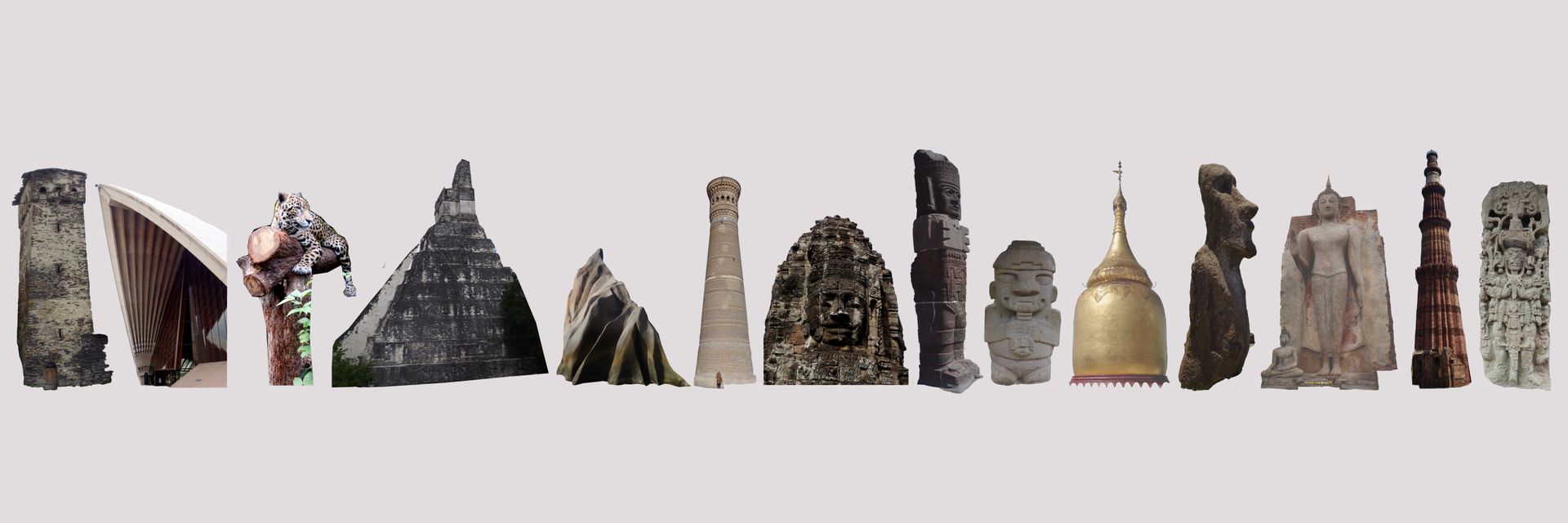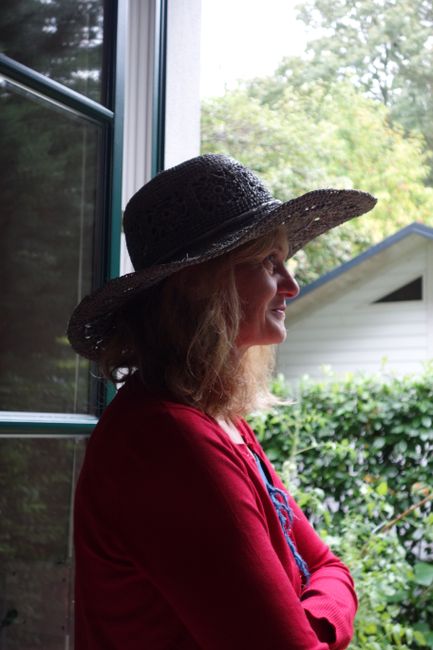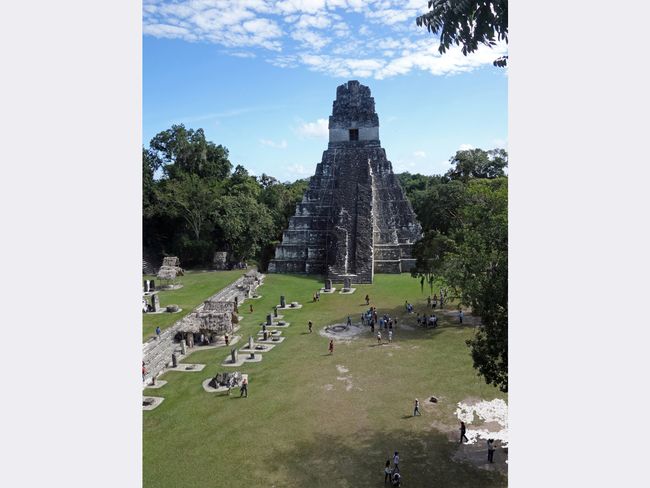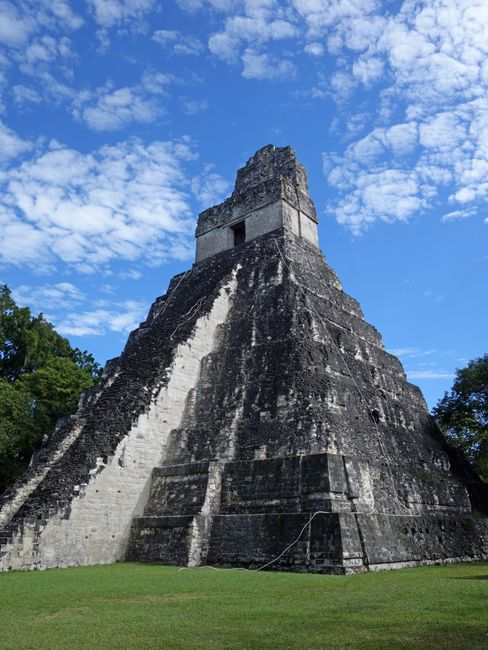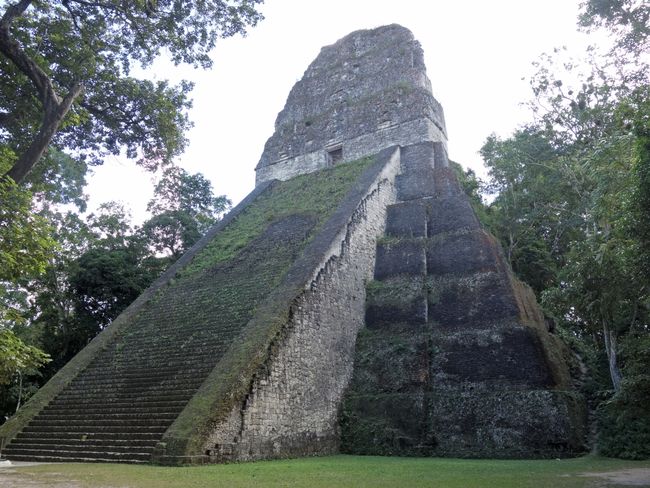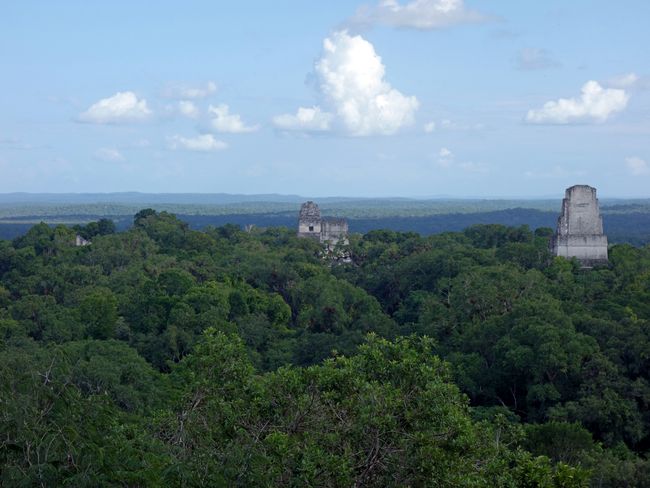Tikal - Travel made difficult, Part 1
Argitaratu: 06.01.2019
Harpidetu Buletinera
Guatemala is not really a place for European scaredy-cats like us. At the airport in the capital, checked luggage is regularly cut open and looted from the conveyor belt. On the way from the airport to the city, armed robberies of cars and buses are on the agenda - often shortly after a police checkpoint. A coincidence? The travel websites of the Austrian and German Foreign Ministries both strongly advise against traveling to Tikal. The large Maya city, inhabited until the 10th century, is located in the middle of the tropical forests of Petén, where all sorts of heavily armed criminals lurk. When I read this warning, I had never heard of the name Tikal before, so I consulted Google. And that was bad, because the photos of the Maya pyramids were so impressive that my decision was made. We have to go there!
We then went to great lengths to minimize the risk, leaving our large luggage in Belize City and taking a safe bus to Guatemala, but not directly to Tikal. No, that's not possible, because some mafioso organized shuttle companies have taken over the route from Flores to Tikal. The archaeological park is located 63 km from Flores, the nearest major city, in the middle of the jungle. Which wouldn't be a problem if there were such things as timetables and if the shuttle buses also ran in the afternoon. But they don't, because then the taxis come into play, which fleece the tourists. Our bus arrived with a 50:50 chance of catching a shuttle. We were lucky and only got slightly taken advantage of by the bus driver.
Most visitors stay in the cheaper Flores and take a day trip to Tikal. We decided to take the significantly more expensive and - as we thought - more fun route and stay at one of the three jungle hotels in Tikal itself. We already knew beforehand that the hotels offer poor value for money, but we wanted more than a day to visit the great ancient city, and also to sleep in the real jungle, with howler monkeys at night and all.
In fact, the hotel was shabby and more expensive than an equivalent accommodation in Europe ($104 per night without breakfast) - in a country where 15% of the population have to live on less than $2 a day. Despite that, we were happy in our jungle. It was funny that there was only electricity until 8pm and then the lights went out. At least there was a bar with an Italian lever espresso machine (Pavoni!) in the dreary visitor center - very 1967 Bulgaria. So we had cappuccino in the morning and espresso in the afternoon. We were able to avoid the bad food in our accommodation, the restaurant at the neighboring hotel was better. However, what didn't work was that our room was only cleaned after explicit request (we spent four nights there) and that the lady at the reception considered every task she had to do as harassment: service was a foreign concept, every information a huge favor.
Even worse and more annoying (and also unbelievably stupid): the park tickets are not available on site, but only at branches of a certain bank. The nearest such branch is 17 km away. We already bought our tickets at the border from Belize to Guatemala; the bank branch there only accepts Guatemalan currency, but does not exchange money (as a bank!!!!). For that, you have to turn to one of the flying money changers waiting outside the bank, who of course charge a bad exchange rate. When we wanted to visit the museum in Tikal, it turned out that we would have needed a separate entrance ticket - easily available 17 km downhill! No wonder we never saw a single visitor in the museum. Admittedly, it's not very inviting anyway, in the 'Bulgarian' building and without electricity.
And what about the pyramids, you might be wondering. They are smaller and more delicate than I imagined. I won't say more at the moment, as we will be spending the next few weeks with the Mayas and will have much more to report. But take a look at the photos. The animals here are certainly nice, especially the coatis and the monkeys.
Harpidetu Buletinera
Erantzun
